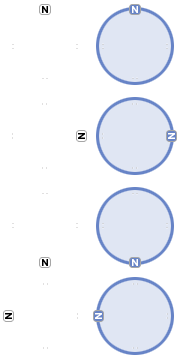©2011 Google - Map data ©2011 Google - -
Current Extent of Gulf Oil Spill
This map data is courtesy of nesdis.noaa.gov and shows the current extent of the ocean surface oil due to the oil spill disaster in the Gulf.
Using high resolution satellites from NOAA's partners in Earth observations, NESDIS scientists are able to track the location of the oil plume as it is circulated throughout the Gulf due to changing wind and currents.
Satellites providing data for these analyses include the MODIS sensor on NASA's Aqua and Terra, Canadian Space Agency's RADARSAT-2 SAR, Satellite Imaging Corporation's SPOT-5, and the SAR sensor on European Space Agency's ENVISAT.
The outline of oil is based on an experimental pilot product and should be used with caution.
Using high resolution satellites from NOAA's partners in Earth observations, NESDIS scientists are able to track the location of the oil plume as it is circulated throughout the Gulf due to changing wind and currents.
Satellites providing data for these analyses include the MODIS sensor on NASA's Aqua and Terra, Canadian Space Agency's RADARSAT-2 SAR, Satellite Imaging Corporation's SPOT-5, and the SAR sensor on European Space Agency's ENVISAT.
The outline of oil is based on an experimental pilot product and should be used with caution.
NESDIS Anomaly RS2 | |
NESDIS Anomaly RS2 | |
NESDIS Anomaly RS2 | |
NESDIS Anomaly RS2 | |
NESDIS Anomaly RS2 | |
NESDIS Anomaly RS2 |


